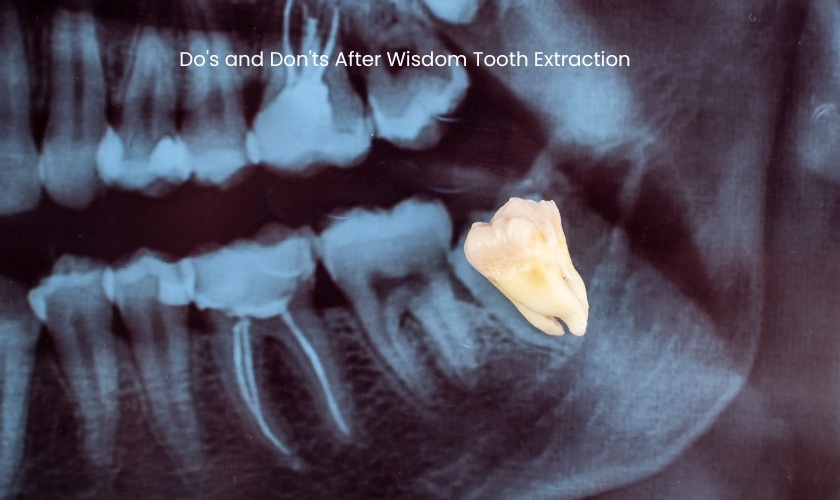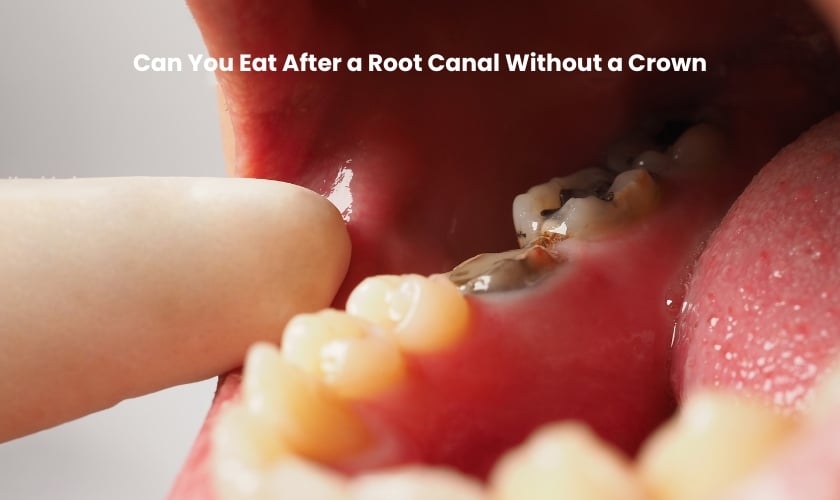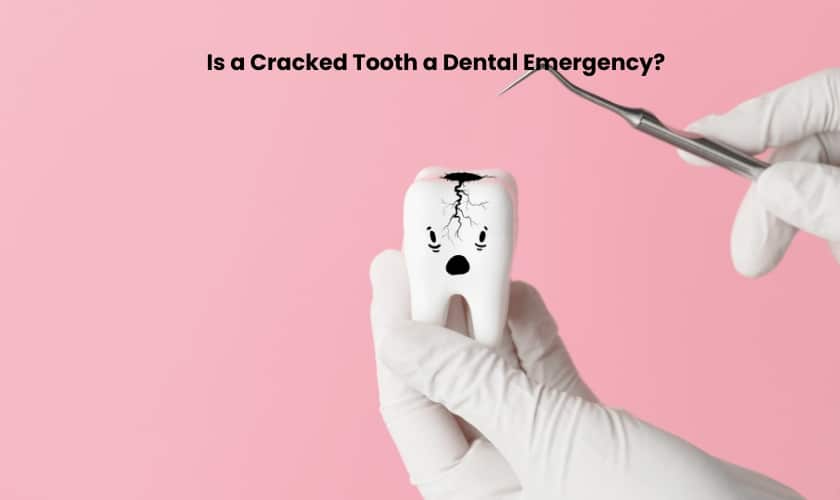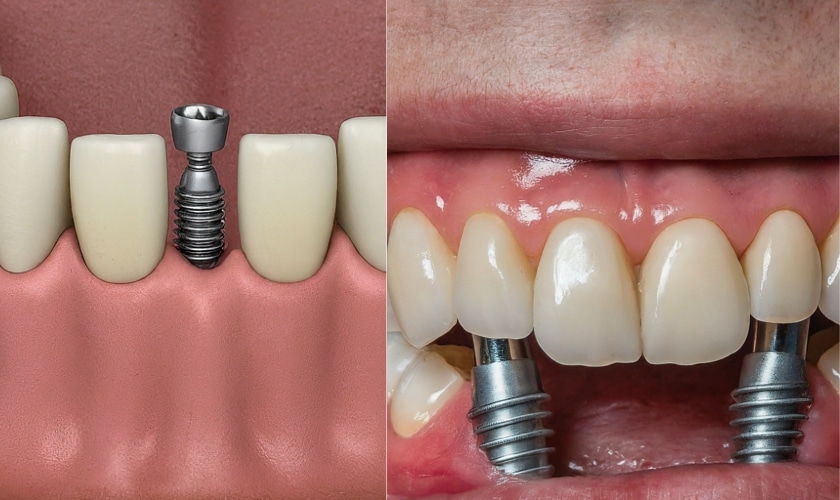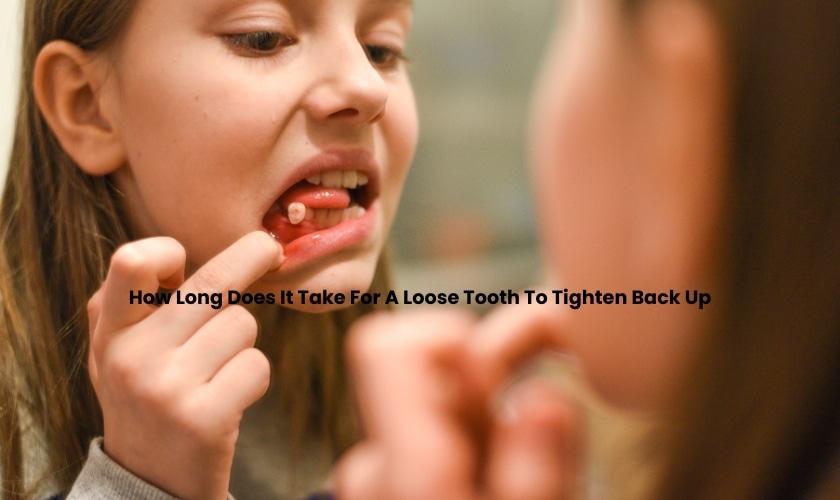
How Long Does It Take For A Loose Tooth To Tighten Back Up?
A loose tooth can be a source of worry, especially for adults. Unlike children who lose their baby teeth naturally, a loose tooth in an adult can signal a potential underlying issue. But fear not! Depending on the cause, a loose tooth might tighten back up on its own or with the help of a dentist in Riverside. This blog will explore the reasons behind loose teeth, the timeframe for tightening, and when to seek professional help.
Understanding the Wiggle: Why Teeth Loosen
Several factors can contribute to a loose tooth; here’s a breakdown of the most common culprits:
Gum Disease: This gum infection weakens the bone that supports your teeth. In its early stages, good oral hygiene and professional treatment can reverse gum disease and potentially tighten a loose tooth.
Injury: A blow to the face can damage the ligaments and bone surrounding the tooth, causing loosening. Depending on the severity, the tooth might stabilize on its own or require splinting by a dentist.
Poor Dental Hygiene: Plaque buildup can irritate gums and lead to bone loss, eventually loosening teeth. Brushing twice daily, flossing regularly, and attending regular dental cleanings can help prevent this.
Teeth Grinding: Clenching or grinding your teeth can put excessive pressure on the jawbone and teeth, leading to loosening. A Riverside dentist can recommend a night guard to protect your teeth from grinding.
Age-Related Changes: As we age, our gums naturally recede, which can contribute to some tooth loosening.
The Tightening Timeframe: When Will it Stop?
Unfortunately, there’s no magic number for how long it takes for a loose tooth to tighten back up. The culprit behind the wobble and the treatment plan determine the time frame. Here’s a breakdown to help you navigate this sometimes-unsettling dental situation:
Mild Loosening: A Temporary Tango
- Cause: Often, the culprit is mild gingivitis, a temporary reaction to irritants like plaque buildup. Gingivitis is the early stage of gum disease, but with prompt attention, it’s reversible.
- Treatment: Stepped-up oral hygiene at home with gentle brushing and flossing, combined with a professional cleaning from your dentist, can work wonders. This will remove plaque and prevent further inflammation, allowing the gum tissue to heal and tighten around the tooth.
- Tightening Time: Good news! Within a few weeks of consistent care, you might feel the tooth becoming more stable. Sticking to a good oral hygiene routine will help prevent future loose teeth.
Moderate Loosening: Addressing the Underlying Issue
- Cause: This could be due to a minor injury or periodontitis, a more advanced stage of gum disease. Periodontitis can damage the bone supporting the teeth, leading to increased looseness.
- Treatment: Your dentist might recommend scaling and root planing (deep cleaning) to remove plaque and tartar buildup below the gum line, where brushing and flossing can’t reach. Sometimes, splinting (temporarily connecting the loose tooth to neighboring teeth) might be necessary for extra support during healing.
- Tightening Time: With proper dental intervention and consistent care at home, the tooth could tighten up within several weeks to a few months. Patience is key! Maintaining good oral hygiene and attending regular dental checkups will help prevent gum disease from progressing and causing further tooth loosening.
Severe Loosening: When Professional Help is Crucial
- Cause: Significant injuries or advanced periodontitis can cause severe loosening. In severe cases, the ligament and bone that hold the tooth in place may be significantly compromised.
- Treatment: Depending on the extent of the damage, saving the tooth might not be feasible. Your dentist, Riverside, will assess the situation and recommend the best course of action, which could involve extraction or specialized treatments like splinting to stabilize the tooth or root canal therapy to address infection within the tooth.
- Tightening Time: In severe cases, the tooth might not tighten back up on its own. Early intervention from your dentist is crucial to exploring all possible options for saving the tooth. Even if saving the tooth isn’t possible, your dentist will develop a treatment plan to address the underlying issue and prevent further tooth loss.
When To See A Dentist
A loose tooth can be a worrying experience. While occasional slight movements might not be a cause for immediate alarm, it’s important to be aware of signs that require a dentist’s attention. Here’s why you shouldn’t ignore a wobbly tooth and when to schedule a visit:
Significant Looseness: If your tooth feels very loose and moves considerably when you touch it or chew, it could indicate damage to the supporting bone or ligaments. Ignoring this could lead to the tooth falling out completely.
Pain or discomfort: A loose tooth that throbs or causes general discomfort is a red flag. Pain often signifies an infection or inflammation that needs prompt dental intervention to prevent further complications.
Bleeding Gums: Bleeding gums, along with a loose tooth, are strong indicators of gum disease (periodontitis). This condition weakens the gum tissue and bone that hold your teeth in place. Early diagnosis and treatment by a dentist are crucial to stop gum disease from progressing and potentially causing tooth loss.
Difficulty Chewing: Difficulty chewing due to a loose tooth can disrupt your ability to eat properly. This can lead to digestive issues and nutritional deficiencies. A dentist can assess the situation and recommend solutions like splinting (temporarily connecting the loose tooth to neighboring teeth) or discuss potential replacements if the tooth isn’t salvageable.
Recent Dental Work: If you’ve had recent dental work like braces, extractions, or fillings, some temporary looseness might occur. However, if the looseness persists or worsens, consult your dentist.
Injury: A blow to the mouth can loosen a tooth. If you experience this, see your dentist to evaluate the extent of the damage and receive proper treatment.
Chronic Conditions: Certain medical conditions, like diabetes, can weaken the bones and tissues supporting your teeth, increasing the risk of losing teeth. If you have a pre-existing condition, inform your dentist for a comprehensive evaluation.
Keeping Your Smile Tight: Preventive Measures for Healthy Teeth
Brushing and Flossing
Brushing Technique:
- Brush your teeth twice a day for two minutes each time, using a soft-bristled toothbrush.
- Gently brush all surfaces of your teeth, including the front, back, and chewing surfaces.
- Remember to brush your tongue to remove bacteria and freshen your breath.
Flossing Reaches Hidden Crevices: Flossing once a day removes plaque and food particles from between teeth, where brushing can’t reach. This helps prevent plaque buildup, which can harden into tartar and irritate gums, leading to gum disease and potential tooth loosening.
Regular Dental Checkups
Schedule dental checkups and cleanings at least once a year or more often if recommended by your Riverside dentist. This allows for professional cleaning to remove built-up plaque and tartar and for your dentist to identify any early signs of tooth decay, gum disease, or other concerns. Early detection and treatment can prevent problems from worsening and potentially leading to loose teeth.
A Balanced Diet
Calcium for Strong Teeth: Eat a balanced diet rich in calcium, which is essential for building and maintaining strong teeth and jawbones. Dairy products like milk, cheese, and yogurt are excellent sources of calcium. Leafy green vegetables like kale and spinach are also good options.
Vitamins for Overall Health: Include plenty of fruits and vegetables in your diet for a variety of vitamins and minerals that contribute to overall oral health. Vitamin C is important for gum health, while vitamin D helps with calcium absorption.
Managing Stress for a Healthy Smile
- Stress and Teeth Grinding: Chronic stress can contribute to teeth grinding, a habit that can put excessive force on teeth and loosen them over time.
- Explore Stress-Management Techniques: Consider incorporating stress-management techniques like yoga, meditation, or deep breathing exercises into your routine to help reduce teeth grinding and protect your smile.
A loose tooth can send shivers down your spine, conjuring images of gaps and gummy smiles. But fear not! With a little knowledge and a trusted dentist in Riverside, you can transform that wobble into a source of confidence. By understanding the root cause of the wiggle, you become an active participant in your oral health journey. So, ditch the doom and gloom! Embrace the power of knowledge and professional guidance. With a little effort and the expertise of your dentist, you can unlock the secrets of a confident, healthy smile—a smile that lights up your world for years to come.
